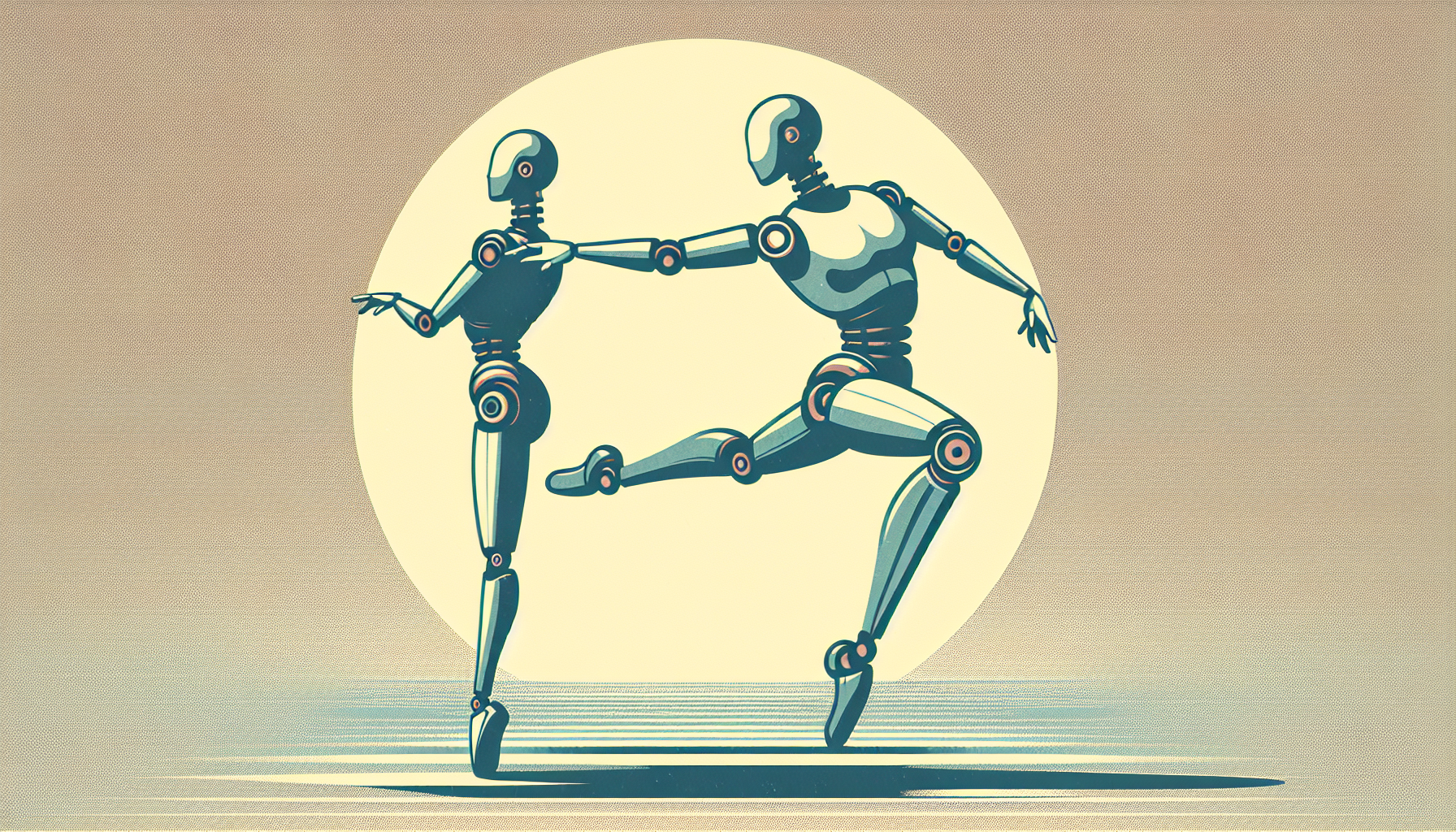Elon Musk’s Tesla Optimus robot has recently drawn the world’s attention for doing something few robots have mastered—dancing with grace, balance, and strikingly human-like motion. These performances are more than show; they signal a turning point in robotics and artificial intelligence, revealing Tesla’s vision of bringing helpful and adaptable robots into people’s lives.
Tesla’s Optimus: Dance as a Window into Progress
Videos released by Tesla and Elon Musk display Optimus executing complex dance moves: standing on one foot, shifting its weight from side to side, rotating shoulders smoothly, and even performing transitions reminiscent of ballet. Each carefully coordinated movement is a proof of the robot’s growing strength, balance, and flexibility. These demonstrations are not designed solely to entertain—they reveal foundational advances that bring us closer to having robots assist with chores or care for people in daily life.
To move so naturally, Optimus must understand how to control its entire body in real time. It must keep steady, adapt to shifting weight, and move each joint with purpose. These are not simple tasks for a machine, but Optimus achieves this through careful engineering and advanced training methods.
The Technology Behind the Performance
A key factor in Optimus’s progress is a training method called domain randomization. In simple terms, this means Tesla simulates countless situations for the robot, teaching it to handle a variety of surfaces, levels of slipperiness, different types of resistance, and shifting loads. The skills Optimus masters in these digital environments are directly transferred into the real world, allowing for smooth walking, better posture control, and more natural movement. The dancing itself is evidence of these essential abilities in action.
These performances also help Tesla’s engineers spot flaws and areas for growth. For instance, to dance for long periods, the robot needs strong joints and reliable motors, but it must also avoid overheating. Just as a human dancer would tire, Optimus must balance how much energy it uses, making improvements in motor endurance and cooling systems critical for its long-term usefulness.
Challenges and Needed Improvements
While Optimus has taken great strides, several hurdles remain. Real-world robotics is deeply influenced by the global supply chain. In early 2025, Tesla faced delays because of export restrictions on rare earth magnets—special materials vital for the robot’s motors. This situation revealed how even the most advanced technology can be held back by shortages in vital components. The process of improving hardware, sourcing durable parts, and refining energy management will continue as Optimus evolves.
Public Response and Industry Significance
The dance videos spread quickly online, sparking fascination, surprise, and even some disbelief. Many viewers questioned whether the displays could be computer-generated trickery, but Elon Musk was quick to confirm that the movements were real and performed live by the robot. These demonstrations have successfully shifted public perception, showing that Tesla’s work extends far beyond cars and into the heart of robotics innovation.
Industry experts now see Optimus as a symbol of a changing era. The robot’s combination of adaptability, learning capability, and real-world functionality marks a significant step forward—one that positions Tesla to compete not just in vehicles, but in robotics, manufacturing, logistics, healthcare, and care industries.
A Glimpse into the Future
Tesla’s Optimus robot dances not just to entertain us, but to announce what is possible. Each move is a product of careful design, relentless learning, and deep ambition. As the company continues to improve its hardware and software, and as it meets supply challenges head-on, Optimus grows from curiosity to an everyday helper.
The vision is bold: a world where smart robots work alongside people, lending a hand with household tasks, supporting industries, or even caring for the vulnerable. In this future, humanoid robots could play an essential role in human life—expanding what we can achieve, and reminding us that the line between technology and humanity is growing ever more graceful.

Leave a Reply